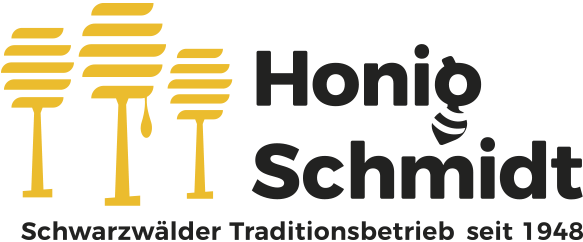In many households the golden, partly liquid, but also solid honey can be found. Up to 25% of this honey in German households is supplied by native hives. But in order to be able to offer the honey, it must first be harvested. The honey harvest starts in spring.
In spring, the bees start to cover their honeycombs. This makes the honey last for a very long time. The honeycombs are removed and the bees removed by turning or slinging. This creates space for new honey.
The first honey of the year comes from rapeseed or fruit blossoms. About one to two weeks later, the acacia and chestnut honey follows. From mid-June to approx. At the end of July, the Linden costume continues. During this time, the lime honey can be harvested.
Of course, the weather is important for the yield. If the plants thrive very well, higher yields can also be expected. Hard and long winters can reduce the harvest. Mild temperatures and relatively high humidity are an advantage, which nourishes the soil and thus also the plants.
In the case of honey harvesting, beekeepers mainly adhere to the guidelines of the German Beekeepers' Association. This defines honey as follows: "Honey is a liquid or crystalline food produced by bees by absorbing flower nectar, other secretions of living plant parts or secretions of insects on live plants, enriching and altering them by the body's secretions, storing them in honeycombs and letting them mature there."
Honey, which is harvested according to the guidelines of the German Beekeepers' Association or the Organic Associations, is usually natural, has not been overheated and still has all the important ingredients that honey has to offer.


